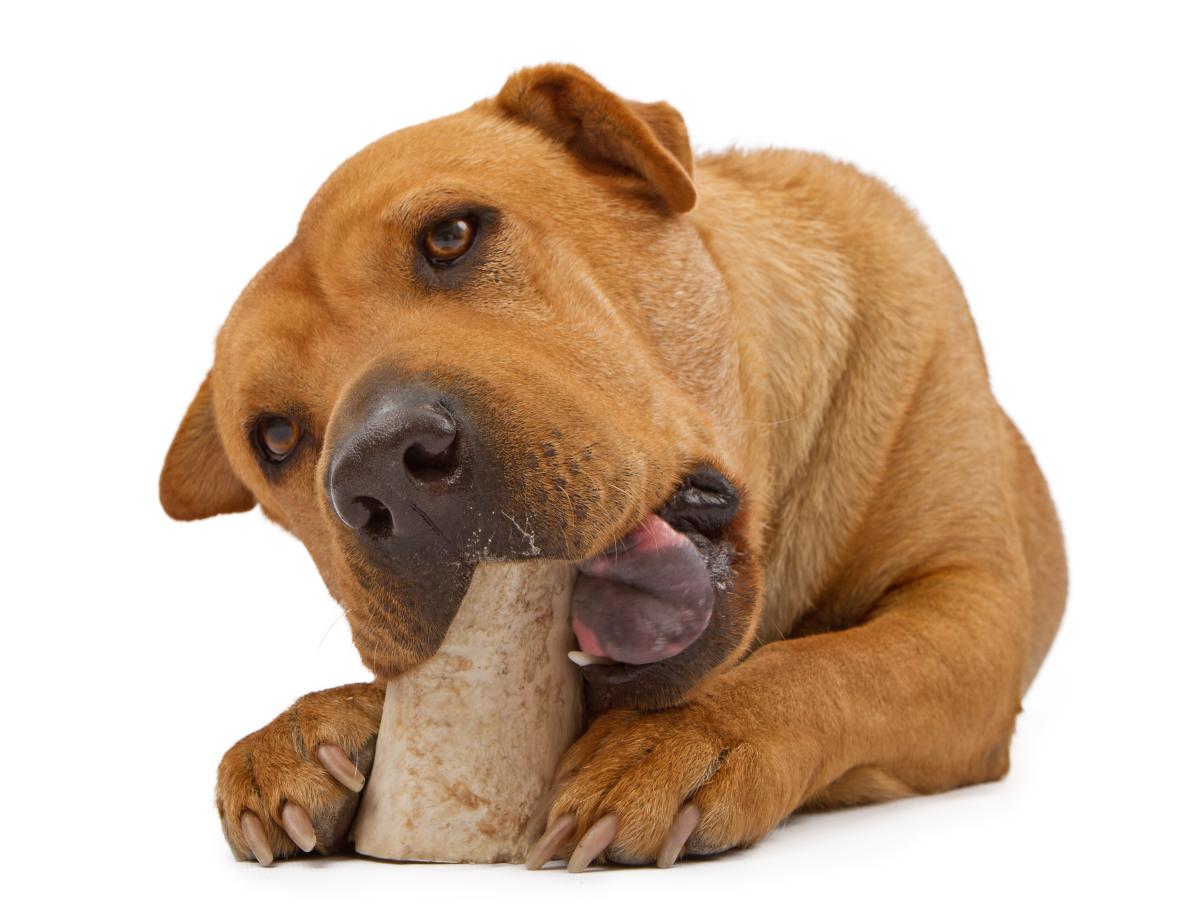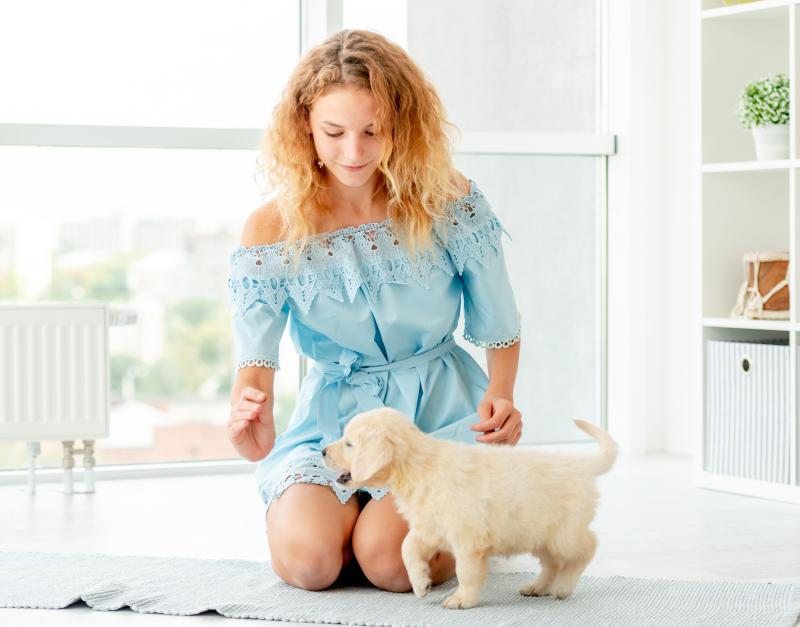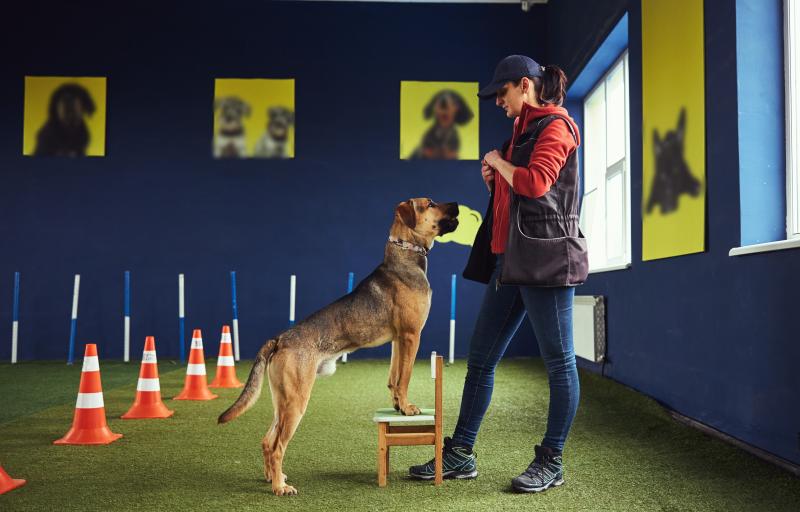Chomping Challenges: Steering Your Pup Away from Unwanted Chewing
Welcoming a new puppy into your home is like opening a box of surprises – full of licks, wags, and, oh yes, the inevitable chewing saga. Let’s face it, those little chompers can turn your prized possessions into chew toys faster than you can say "Bad dog!" But fear not, for this chewy challenge can be tackled with some Rex Wordsworth wisdom!
The Chew-Proof Plan
-
Consistency: Your Chew-tervention Strategy: Whether it's praising good behavior or redirecting those nibbles to appropriate chew toys, consistency is your best friend. Your little furry agent of chaos needs to know what’s chewable and what’s not, every single time.
-
Routine: The Anti-Chew Rhythm: Puppies are creatures of habit. Establish a routine that includes plenty of chew-friendly playtimes. This way, they’ll learn when it’s playtime and when it’s “leave the furniture alone” time.
-
Keep Expectations Realistic: Your little furball isn't born knowing the dos and don'ts of chewing. Remember, at 2 months old, they're just starting to explore the world, one chew at a time. As they grow, their understanding (and your training) will sink in deeper.
-
Supervision: Your Chew-Watch: Keep a close eye on your pup. Look out for the pre-chew signs – those moments when they eye your shoe with mischievous intent. Intercept with a chew toy and save your belongings from becoming bite-sized memories.
-
Frequent Play and Exercise: A tired puppy is a less chewy puppy. Regular play sessions and walks keep those jaws busy and tired, making your slippers less appealing.
-
Quick In, Quick Out for Potty Breaks: Teach your pup that outside trips aren’t extended chew fests. This reinforces the idea that play and chew time happen during specific moments, not every time they step paw outside.
-
Pick a Potty (and Chew) Spot: Just like you choose a potty spot, pick a designated chew spot or a toy box. This helps your pup understand where the chew party is at.
-
Speak the Language of Chew: Use specific commands or phrases when it’s chew time. Your puppy will learn to associate these words with their happy chew time, making training a breeze.
-
Praise for Right Chews: Caught your pup chewing their toy instead of your couch? It’s party time! Praise them like they’ve just won the Nobel Prize for Chewing.
-
Dinner Timing: Avoid feeding or exciting your puppy right before bedtime. It’s like saying, “No more energy bursts, please!” This helps prevent midnight chew marathons.
-
Crate Training: The Chew-Safe Zone: When you’re away, a crate can be a safe haven for your pup, away from chewable temptations. Ensure it's comfy and not too spacious – think cozy den, not chewable palace.
-
Pre- and Post-Crate Rituals: Always take your pup for a potty and play break before and after crating. It helps them associate crate time with calm, not chew time.
The Chew-End of the Story
Training your puppy not to chew your valuables is like teaching them an important life skill. Your investment of time, patience, and consistent training will pay off in a home free of chewed-up surprises. And remember, the journey of a thousand chews begins with a single toy! 🐾🦴



